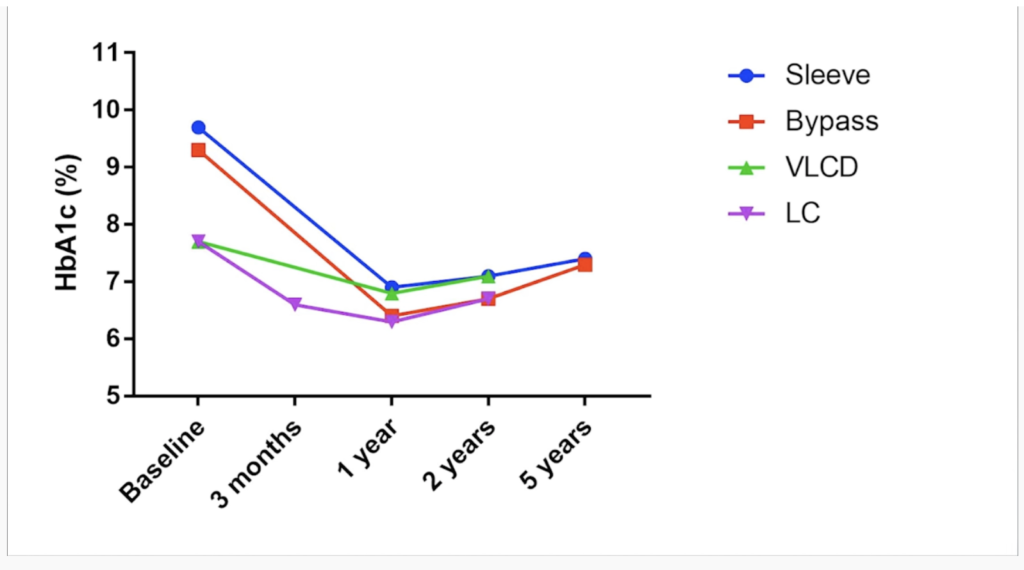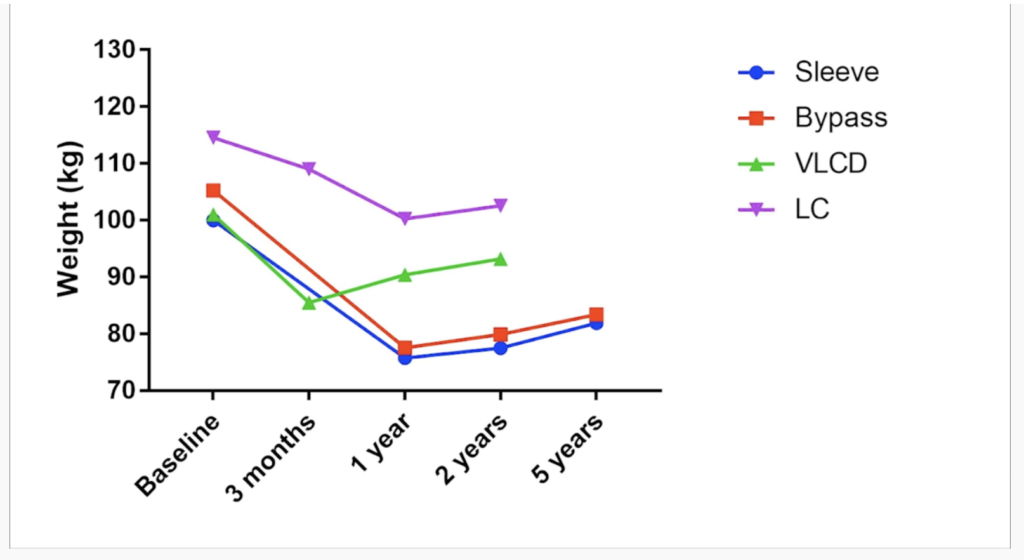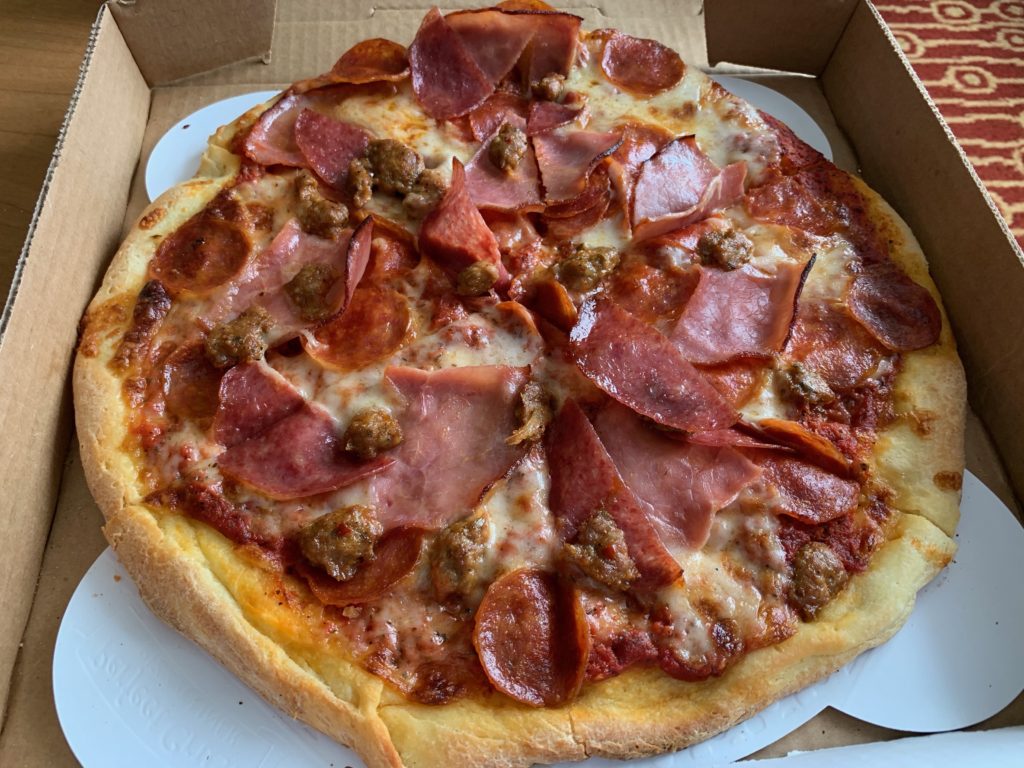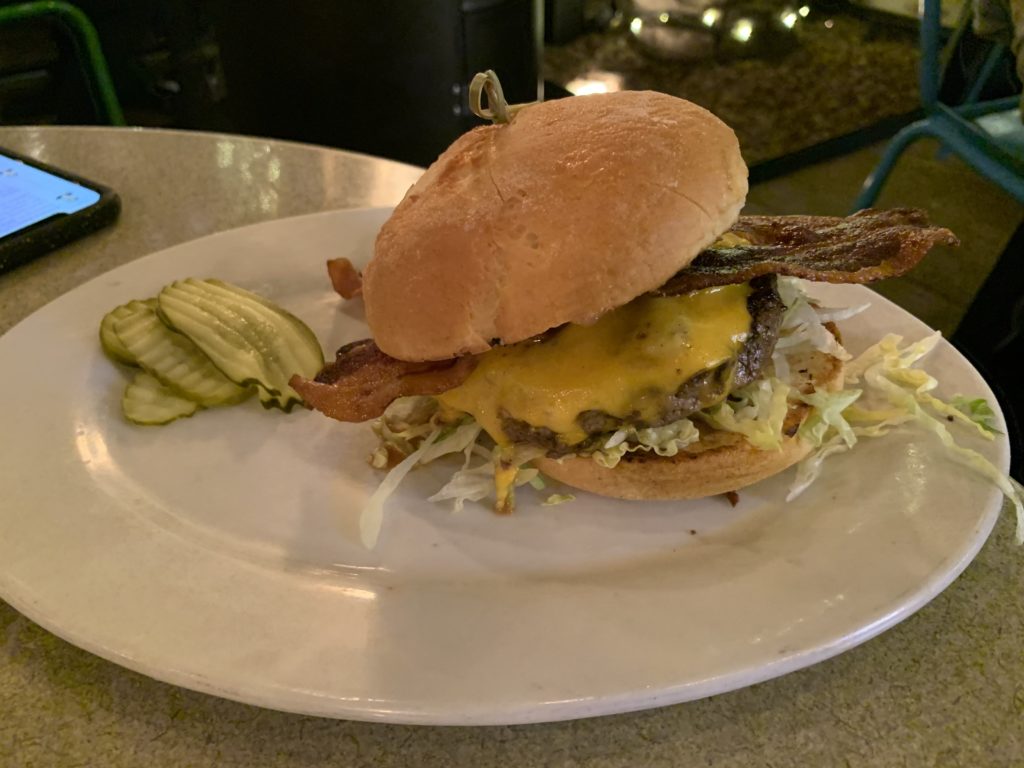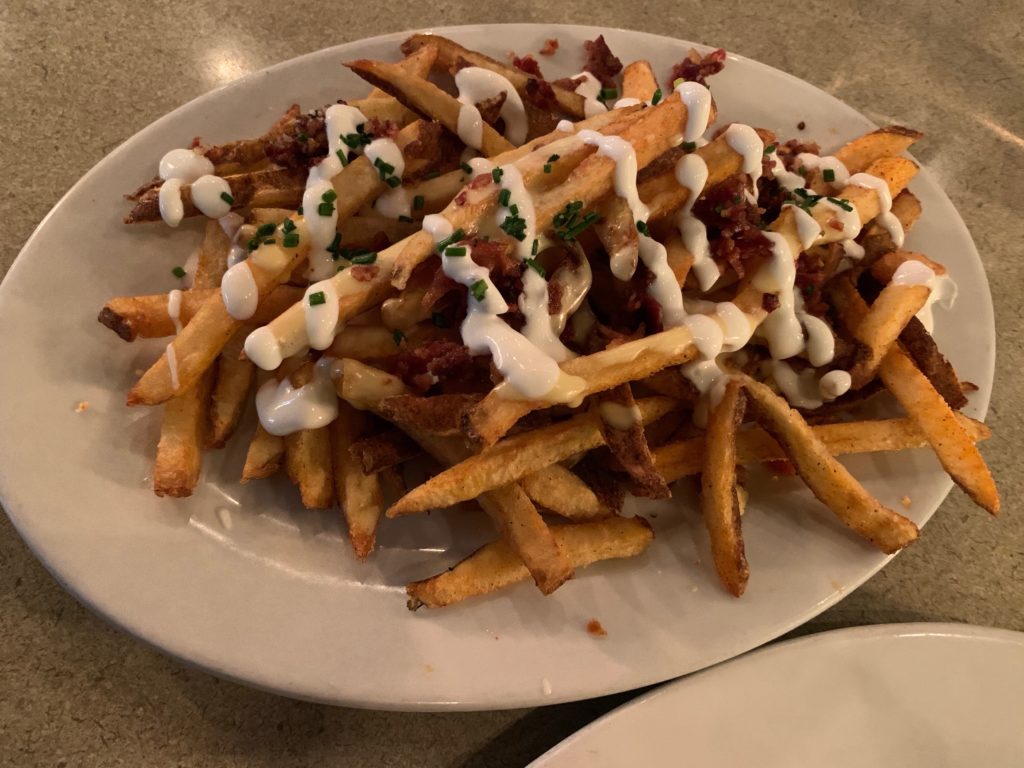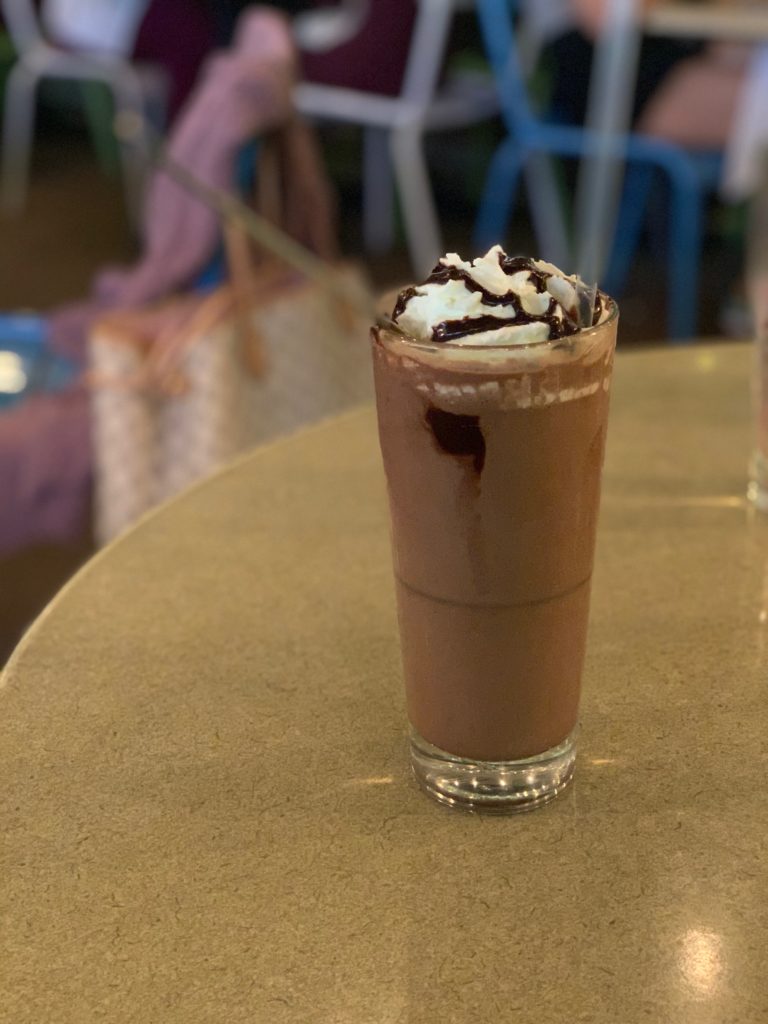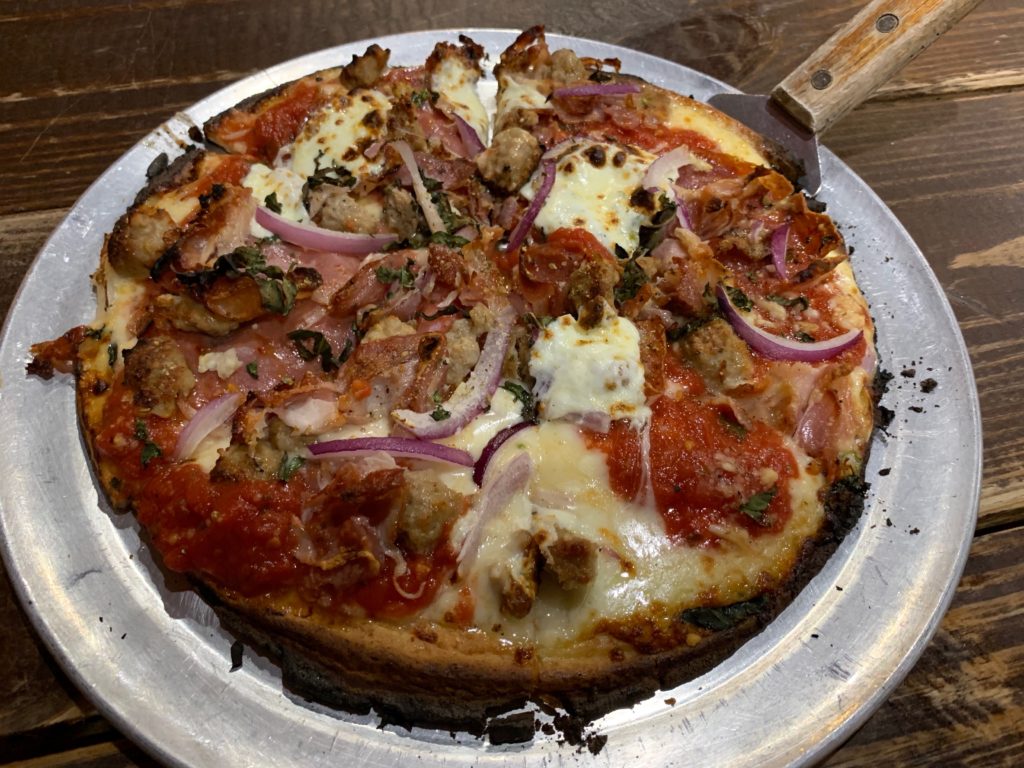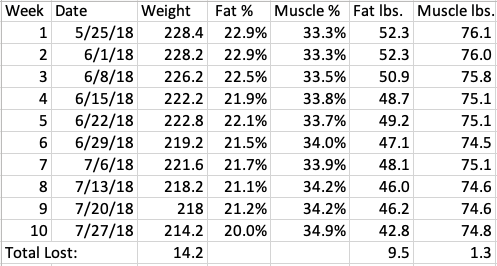The following video presentation by one of my Health Sherpas, Dr. Jason Fung, provides one of the most succinct explanations for why we have an epidemic of obesity in the United States, Canada and other western countries.
We knew the causes of obesity, and how to treat it, 150 years ago. For the next 100 years after that it wasn’t very common.
Fifty years ago hardly anyone went to the gym to work out, and only maniacs went running.
And yet obesity, at least by today’s standards, was non-existent.
Since then obesity has more than tripled, as has the prevalence of type 2 diabetes.
This video explains how it happened.
We didn’t get fat because we were lazy or lacked willpower.
We didn’t get fat because we failed to follow the experts’ dietary advice.
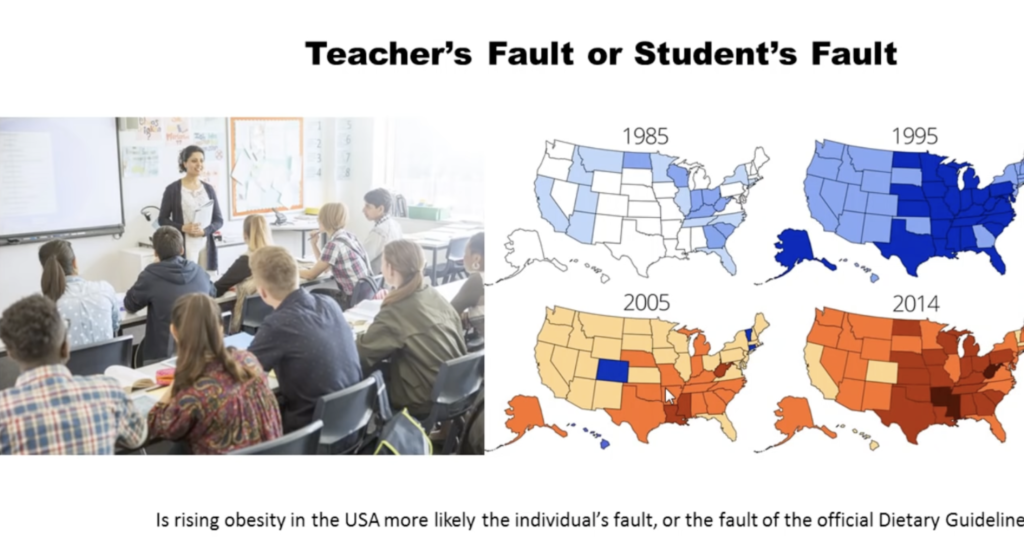
We got fat because we did follow their advice.
If you’re like me, learning this will probably make you at least a little bit angry.
We’ve been part of a giant dietary experiment for the last 50 years, with little evidence to support the official government recommendations.
Since then, the evidence against the dietary guidelines has been piling up.
Dr. Fung cites the studies and brings the evidence.
You need to watch this:
By doing essentially the opposite of the U.S. dietary guidelines, my wife Lisa and I have reclaimed our health. I’m 60 lbs. lighter than I was at my peak, and Lisa’s down at least 50 lbs.
On May 19, 2020 I weighed in at 208.8 lbs, my first time below my goal weight of 210, and the least I had weighed since President Reagan’s first term.
I’ve been below my goal weight for more than 10 months, and this morning I was at 204.6.
And yet the “experts” tell us that sustained weight loss isn’t achievable.
That all diets eventually fail.
That’s as wrong as the dietary advice that got us into this problem in the first place.
Lisa and I are living proof that a low-carbohydrate ketogenic diet can lead to sustained weight loss, and Rebecca Williams has had a similar experience. John Bishop has made most of his progress with intermittent fasting, and he’s experimenting with low-carb now, too.
Through sharing our stories online, we’ve helped others get started on their journeys too.
My point (and Dr. Fung’s): If you’re struggling with overweight or obesity, it isn’t because you’re lazy or lack willpower.
We didn’t overcome our weight issues because of our superior virtue or willpower.
We learned some basic lessons about metabolism that made losing weight a lot easier. You can read all about it through the posts on My Health Journey.
If you’re at least a little interested in how you might be able to do this, too, check out my #BodyBabySteps page, where I’ve mapped out the shortcuts I would take if I were starting this over again.
Or if I were you.
If you scrolled past it without hitting play, I hope you’ll at least take time now to watch the video of Dr. Fung.
From a health perspective, it would be among the best investments of your time I can imagine.
To get these updates on a regular basis you can subscribe by email, or follow me on Facebook, Twitter and LinkedIn, where I’ll also be posting links.
If you find this information helpful I hope you’ll share it on your social channels using the buttons below.
